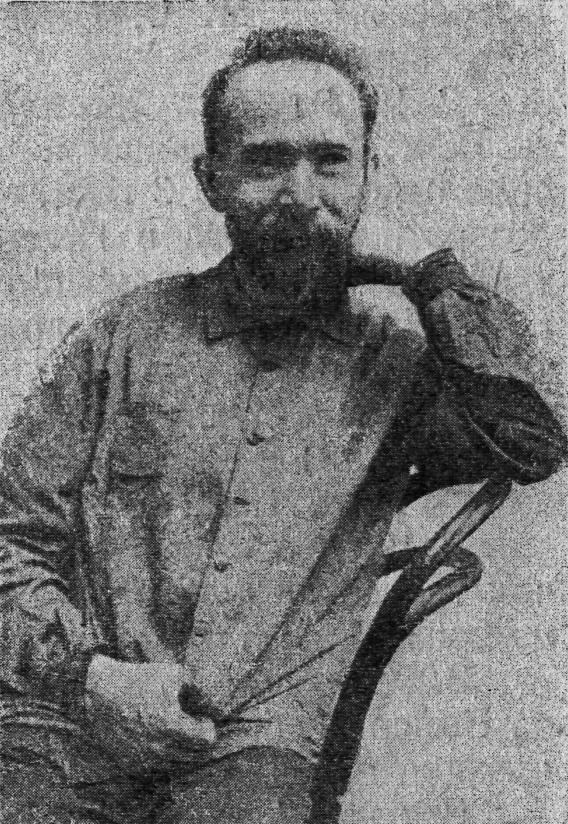|
Vera Karelina
Vera Markovna Karelina (née Markova; russian: Вера Марковна Карелина; 1870–1931) was a Russian Labour movement, labour activist and revolutionary, one of the leaders of the Georgy Gapon's Assembly of Russian Factory and Mill Workers of St. Petersburg and the Bloody Sunday (1905), Bloody Sunday procession. Early years Vera Markovna Markova was born in 1870 and given to the Foundling hospital#Russia, St. Petersburg Foundling Hospital at an early age. For a time, she lived with poor peasants in near Kingisepp, Yamburg, and attended the village school, however at the age of fourteen she returned to the orphanage and was assigned to technical work. In 1890, she left the orphanage to work as a weaver in a cotton mill. Beginnings of the labour movement Karelina became involved in the Russian labour movement at the age of 20, when she joined a Study circle, workers' circle led by Fyodor Afanasev. The circle was part of the Brusnev group, one of the first Soci ... [...More Info...] [...Related Items...] OR: [Wikipedia] [Google] [Baidu] |
Russian Empire
The Russian Empire was an empire and the final period of the Russian monarchy from 1721 to 1917, ruling across large parts of Eurasia. It succeeded the Tsardom of Russia following the Treaty of Nystad, which ended the Great Northern War. The rise of the Russian Empire coincided with the decline of neighbouring rival powers: the Swedish Empire, the Polish–Lithuanian Commonwealth, Qajar Iran, the Ottoman Empire, and Qing China. It also held colonies in North America between 1799 and 1867. Covering an area of approximately , it remains the third-largest empire in history, surpassed only by the British Empire and the Mongol Empire; it ruled over a population of 125.6 million people per the 1897 Russian census, which was the only census carried out during the entire imperial period. Owing to its geographic extent across three continents at its peak, it featured great ethnic, linguistic, religious, and economic diversity. From the 10th–17th centuries, the land ... [...More Info...] [...Related Items...] OR: [Wikipedia] [Google] [Baidu] |

